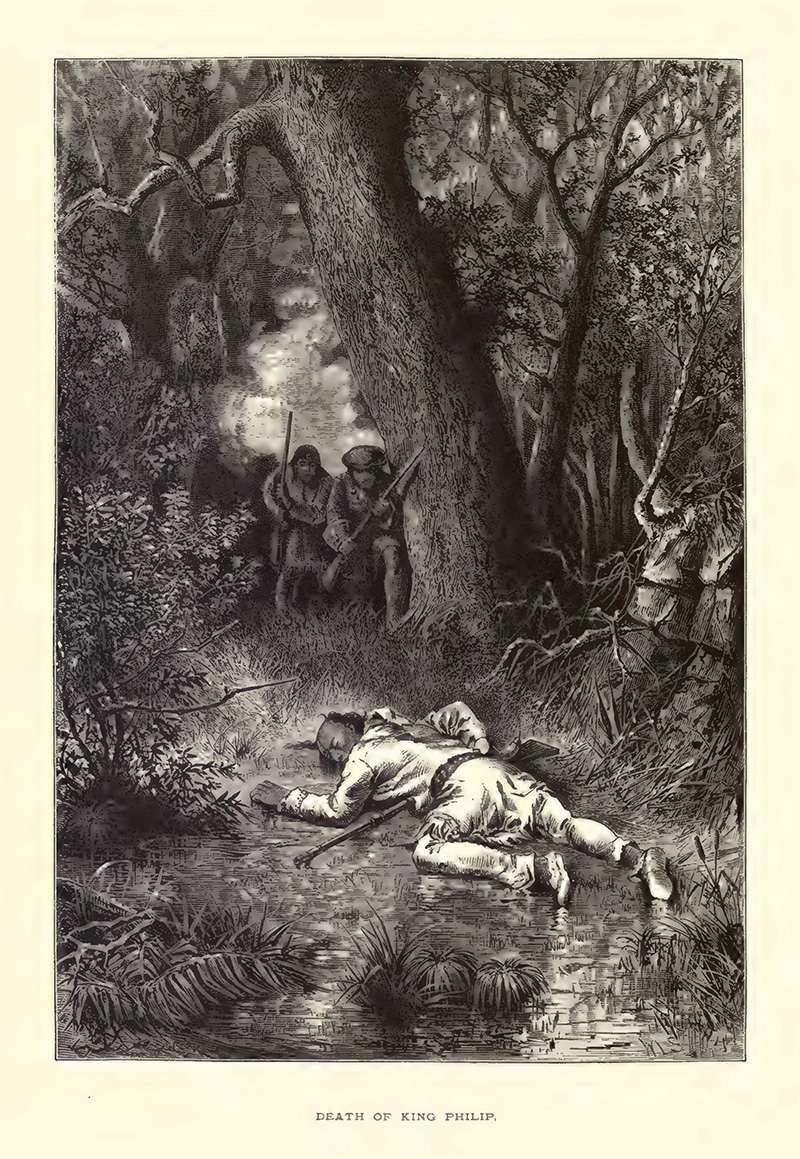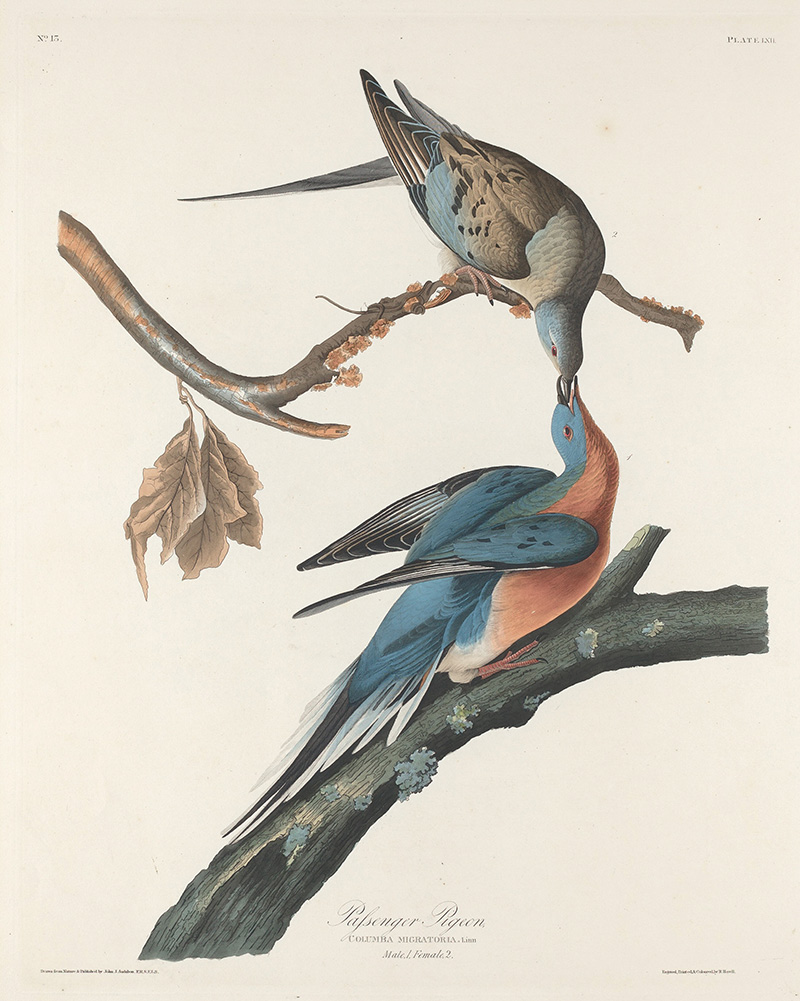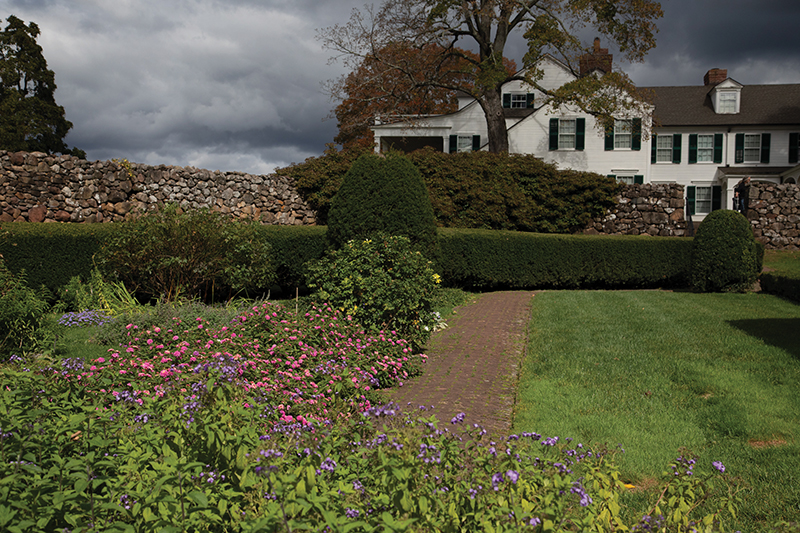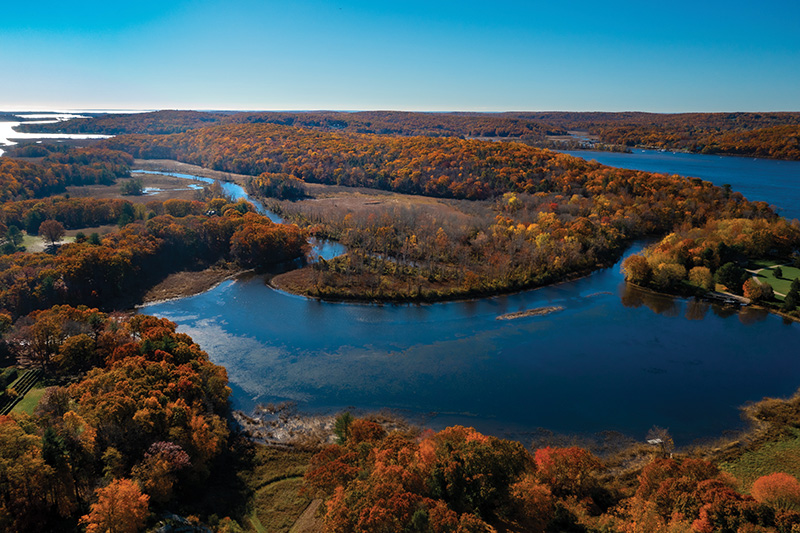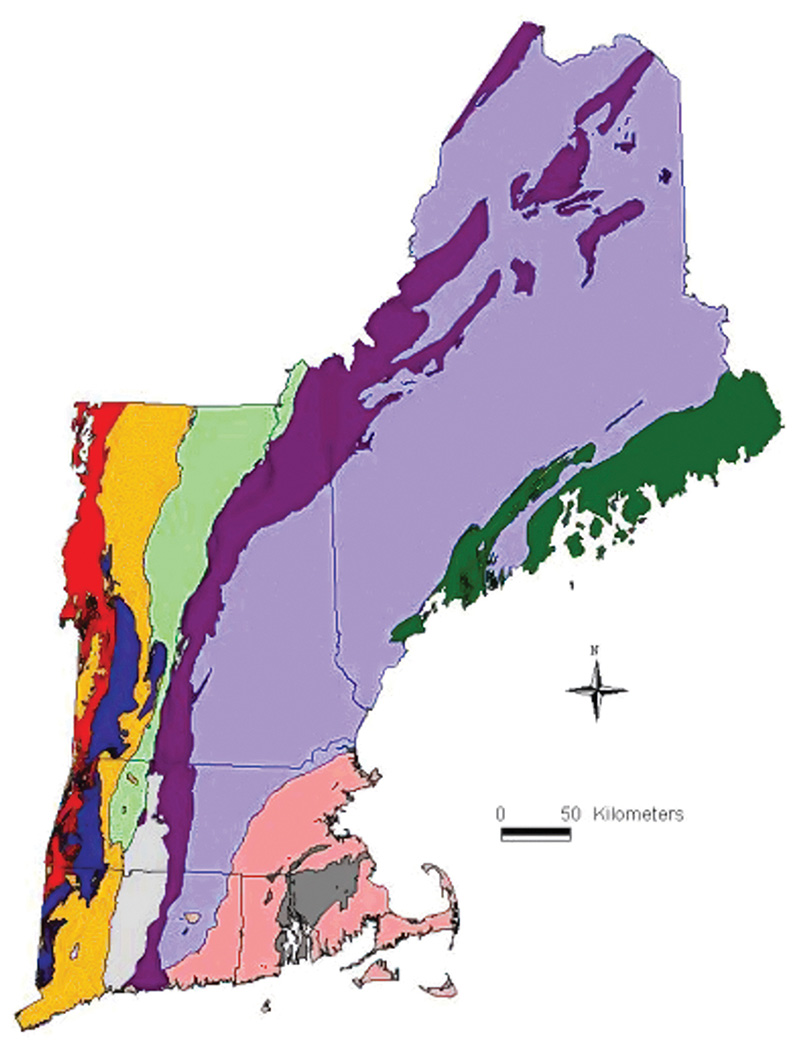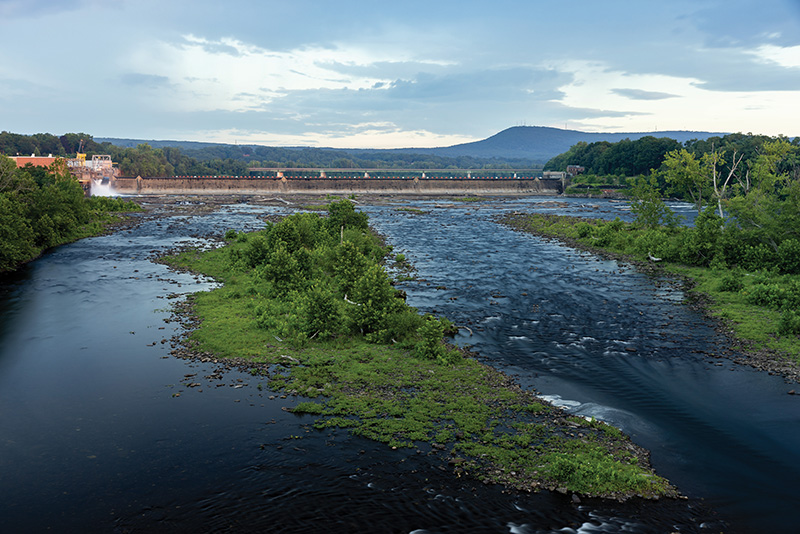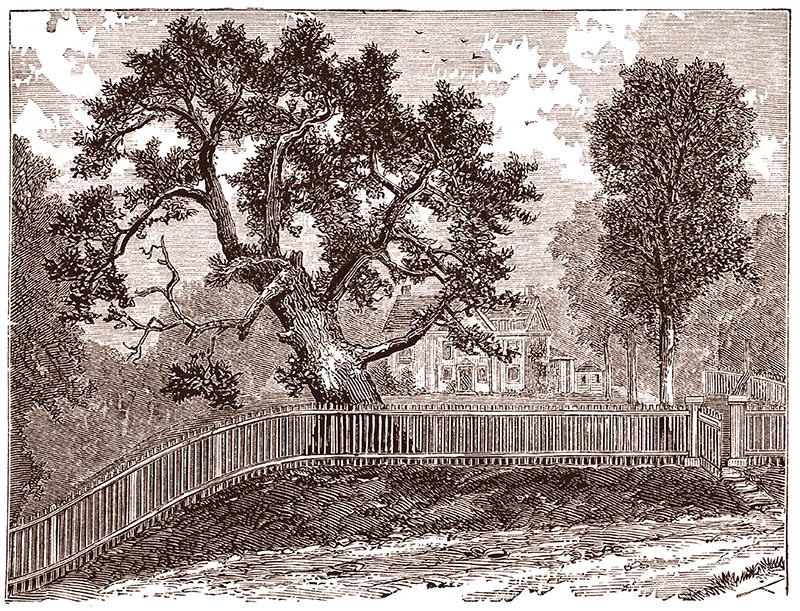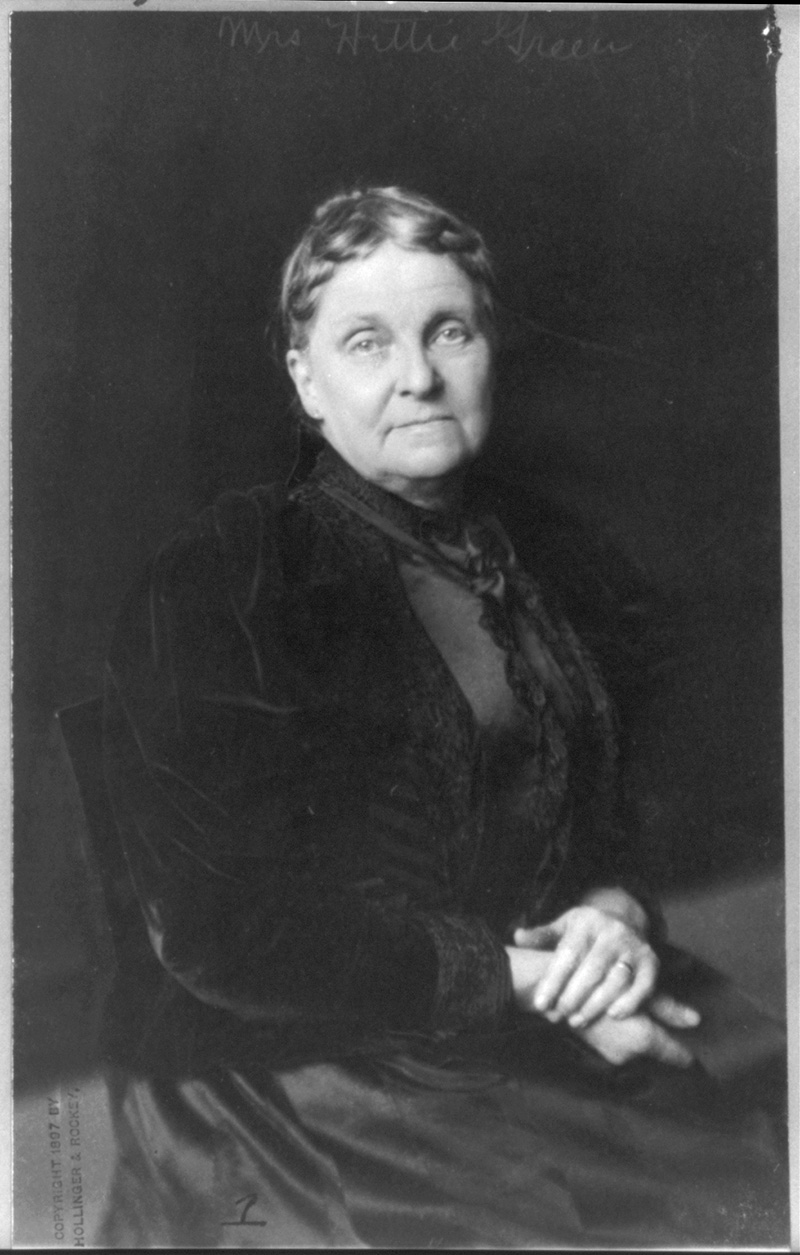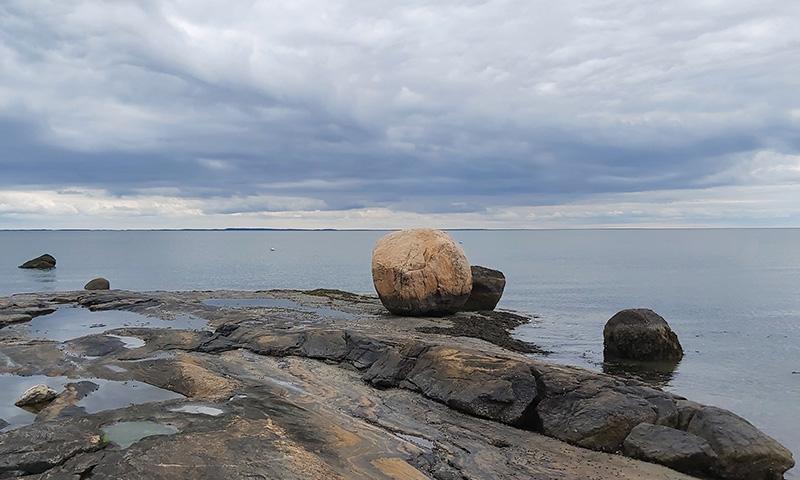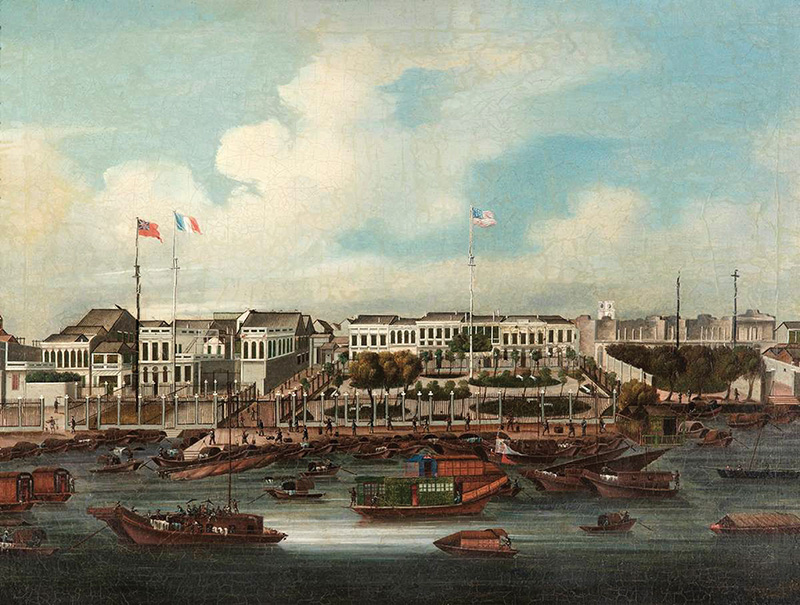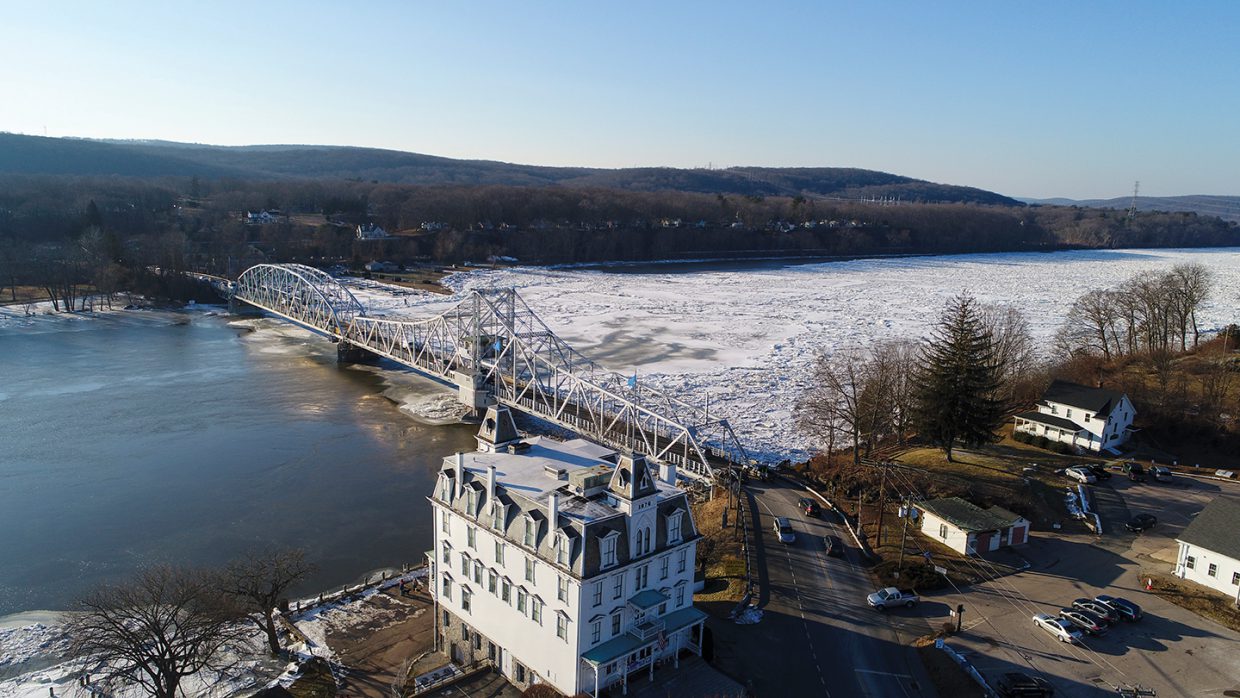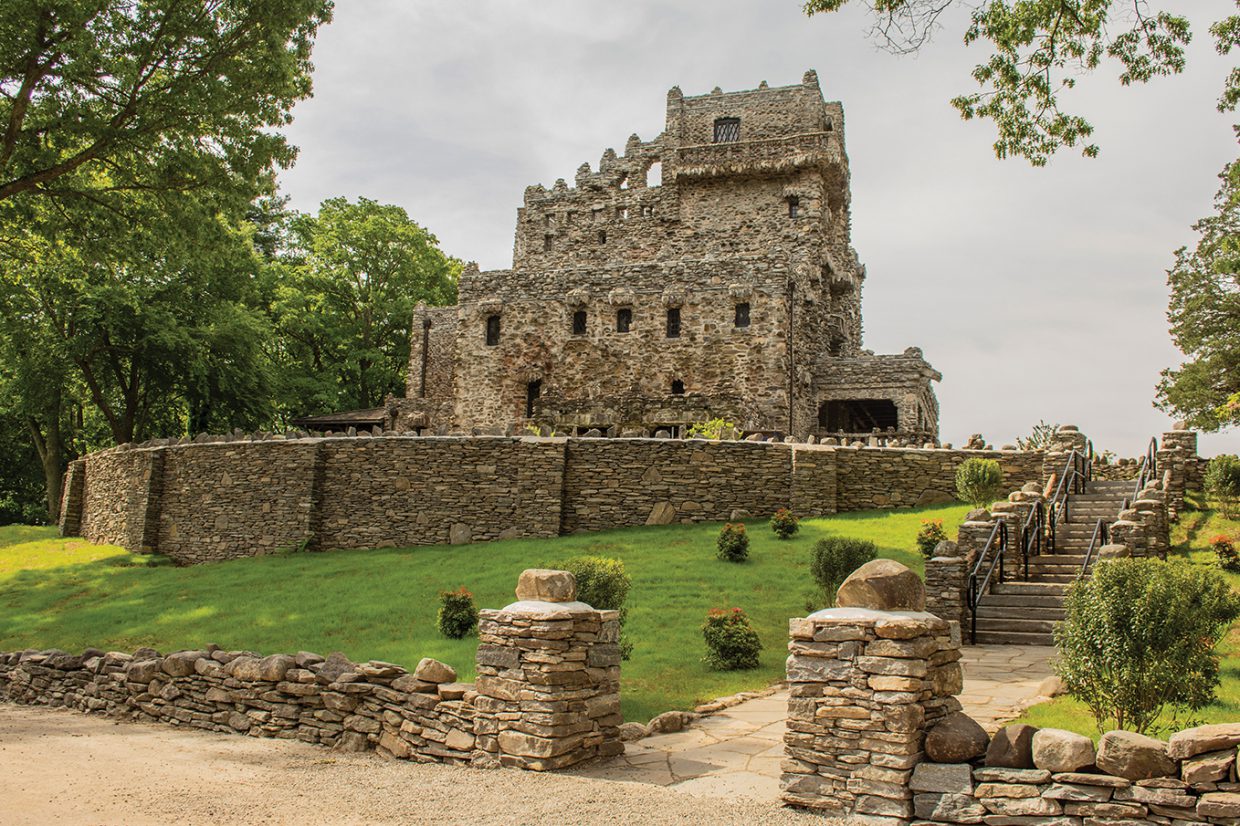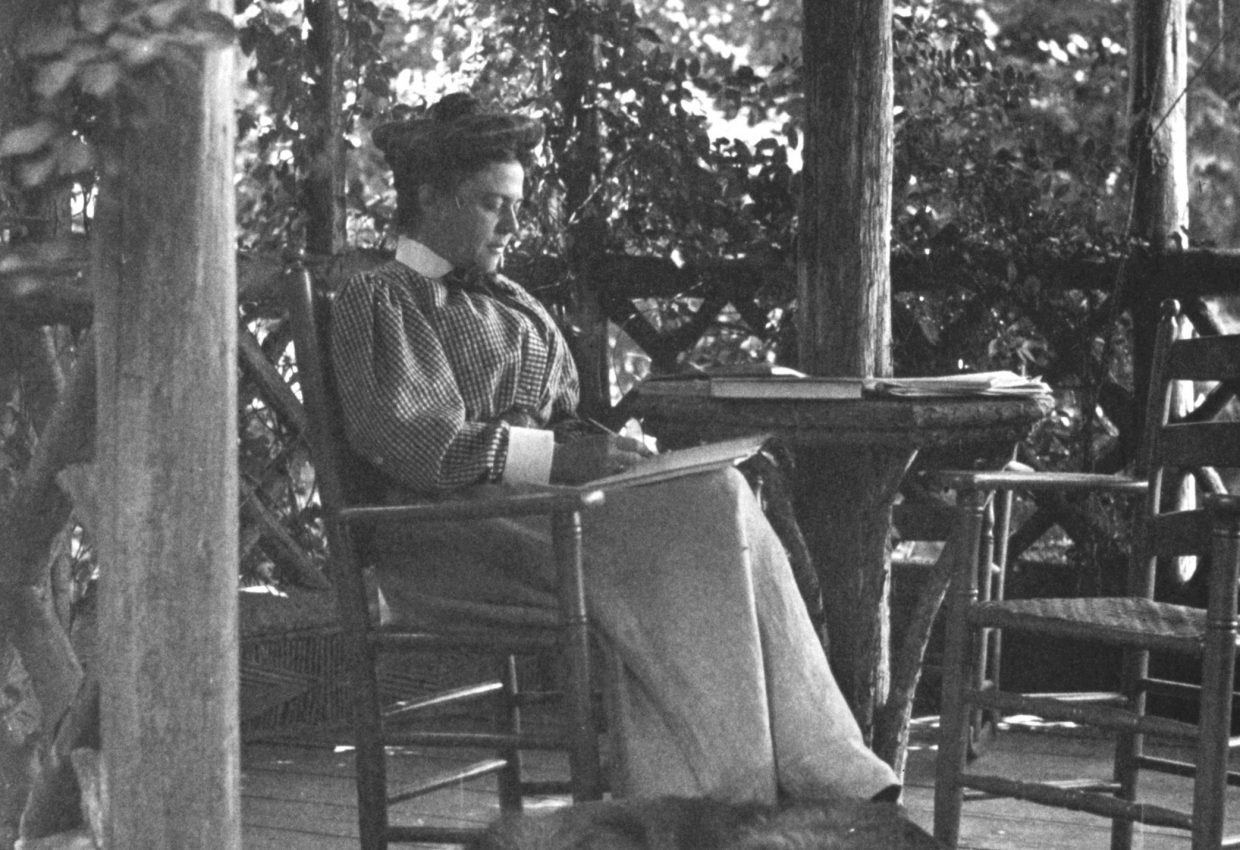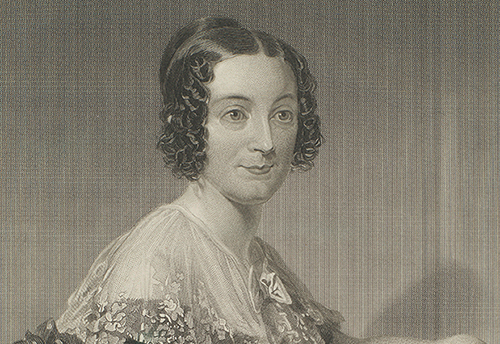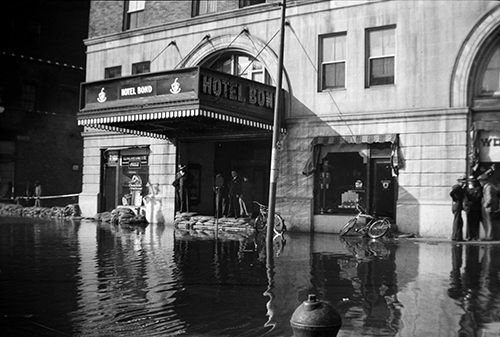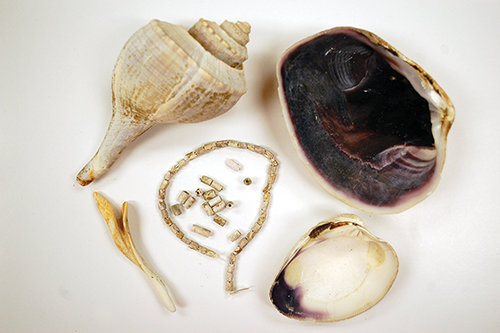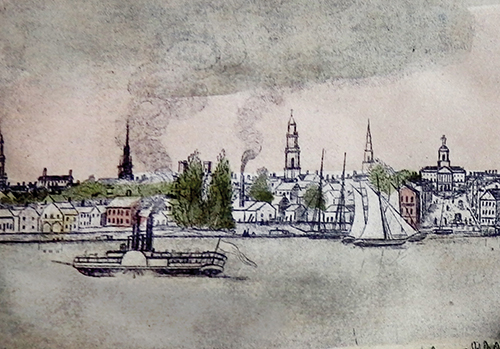Odds are that most hikers who traverse Connecticut’s Metacomet Trail along a spectacular trap rock ridge west of the Connecticut River have little idea that both trail and ridge are named after the Native American chief who in 1675 started a resistance that—if it had been successful—could have emptied New England of English colonists.
Migratory Bird Act
On September 1, 1914, at 1:00 p.m., the last passenger pigeon on Earth, Martha (named after Martha Washington), died at the Cincinnati Zoo.
The Art, Architecture, and Landscape of Hill-Stead Museum
The Tunxis Indians were the among the first people to utilize the land and the waters along the Farmington River, which were rich in wildlife, for hunting and fishing. In the early 1600s, the English settlers arrived.
An Island Treasure
Selden’s shoreline bristles with looming hardwoods and a thorny understory. Surrounded by a natural moat, this verdant fortress, the largest island along the Connecticut River, is easily mistaken for the mainland.
Geology of the Connecticut Valley
For such a small area, New England, Connecticut, and the Connecticut River Valley have an amazing diversity of geology.
Practical Beauty
On a fine spring day in May, a morning mist rises as snowmelt from the peaks of Vermont and New Hampshire spills over the long slope of Holyoke’s granite dam.
Charter Oak
It’s hard to believe that a tree could save a democracy, but according to legend, that’s exactly what happened when Sir Edmund Andros arrived in the Connecticut colony in 1687 to collect the royal charter given to the Puritan settlers by King Charles II in 1662.
Hetty Green
Queen of Wall Street, Witch of Wall Street. Whichever sobriquet you use, Henrietta (Hetty) Howland Robinson Green was one of the richest Americans—ever.
The Lost Continents of the Connecticut River
Spattered with glacial detritus, it is an area of rocky dells and ridges, cut by Roaring Brook as it tumbles down toward Whalebone Cove on the Connecticut River. Red Oaks and White Pines march up the hill, with patches of hornbeams and black birch.
Worlds Apart
The Connecticut River cradles the city of Middletown (f. 1653) at a modest bend in its course, a place originally called Mattabesset, Algonquin for “end of the carrying place.”
Gamboling on the Frozen River
It was always colder way back when, back in the day, at least according to the ancient ones—generations of parents and grandparents. It turns out they were correct.
My Ride Down Hog River
I knew it was a once-in-a-lifetime opportunity the minute I got the call—a chance to go where few people have been before without leaving Connecticut.
A Man’s Home is His Castle
From the deck of the Aunt Polly, William Gillette watched the passing green hills of the lower Connecticut River. It was 1913, he was sixty years old, and he had been thinking about retirement.
Mabel Osgood Wright
Three miles from the Connecticut River, we stood in a circle under a tree in the garden of Emily Dickinson’s home, reading poems, passing a book around, no more than two or three feet from each other. The 1813 Amherst home built for her grandparents stood proudly in the sunshine, and the voices of another tour group filtered out.
Lydia Sigourney
Three miles from the Connecticut River, we stood in a circle under a tree in the garden of Emily Dickinson’s home, reading poems, passing a book around, no more than two or three feet from each other. The 1813 Amherst home built for her grandparents stood proudly in the sunshine, and the voices of another tour group filtered out.
The Forgotten Flood of 1936
On March 11, 1936, rain began to fall on the hills of Vermont and New Hampshire. The next day it didn’t stop, nor the next, depositing at least five inches of water over New England. The snowfall had been heavy that winter, and as snowbanks washed off the hills, people stared nervously at the rapidly rising levels of their local streams and rivers.
A Small Bead Called Wampum
We all like to visit the beach in warm weather. We like to stick our toes in the sand, wade in the water, maybe collect a few shells. The Native Peoples of the Connecticut shore and estuaries did just that hundreds of years ago. For them, certain shellfish not only fed the body but sustained the spirit as well. Quahog clams and large whelks were of particular importance for the creation of a small bead called wampum.
From the Publisher:
This issue of Estuary contains our first article by a descendant of Indigenous people. These people inhabited North and South America for thousands of years, maybe 12,000 years, long before the word “America” existed.
Crossing the Bar
There’s a sailor superstition about changing a boat’s name. State of New York, largest and costliest steamer ever to run on the Connecticut River, was to be called Vermont.
Colt
Heading up the Connecticut River, just below downtown Hartford, the west bank reveals an incongruous vision. Eyes are pulled to a blue, onion-shaped dome, spangled with golden stars and tipped with a rampant colt finial.
- Page 1 of 2
- 1
- 2

